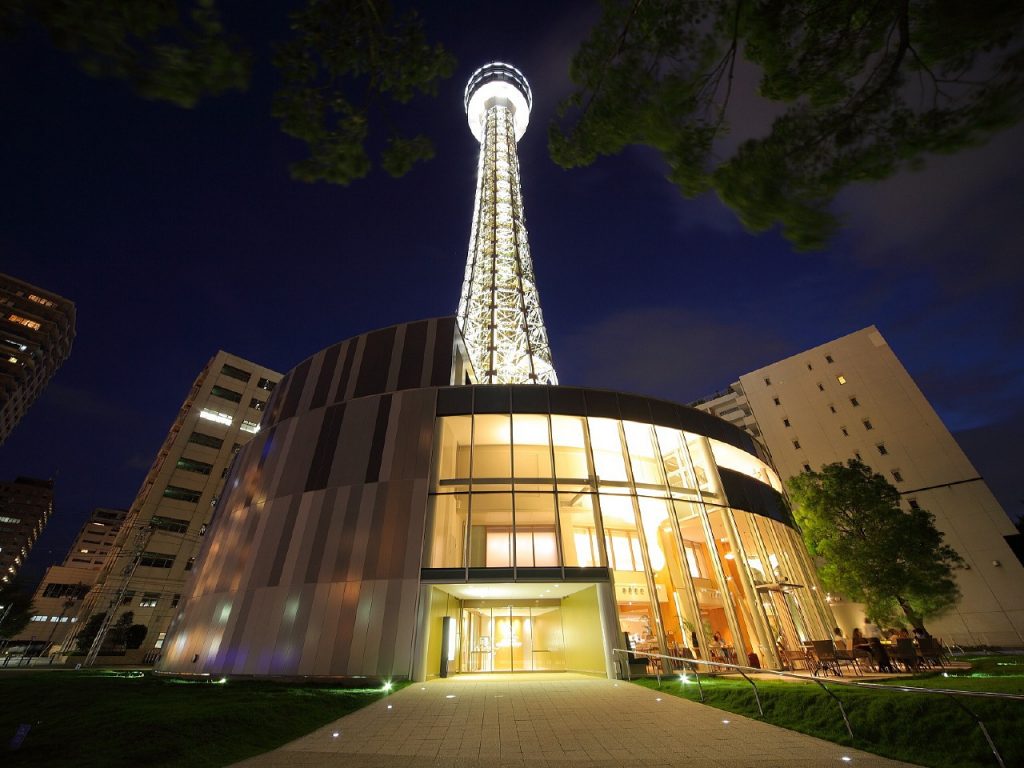-
Cup noodle museum (Ando Momofuku Memorial Museum)
It is a hand-on museum with the goal of helping children discover creativity and spirit of inquiry within them. Through various interactive exhibitions you can experience “creative thinking” of Momofuku Ando, inventor of world’s first instant ramen - “Chicken ramen” - and founder of Nissin Foods, who innovated global food culture. See, touch, play, try, enjoy – get some inventory hints and find your own creative thinking. -
Yokohama Naritasan
Direct hospital of Omotoyama · Shinshoji temple in Narita city, Chiba prefecture. Opened in 1870, according to the growing local immobile faith developed along with the opening of Yokohama. New shrine is completed in 2015. In addition to Narita 's unique ceremony "Mamoru" which is held at regular times four times daily, the ceiling painting which painted gold interior and flowers of the four seasons is stunning beauty. The Fudo Fudo Fudo is transmitted as the work of Rikuishi Daishi who is the founder of Daigoji Temple in Kyoto. Moreover, it is barrier - free construction, you can worship while wearing shoes. -
Hakone
Within 3 minutes from Minato Mirai station (Minato Mirai line) or 4 minutes from Sakuragicho station is Yokohama staion (the main and the biggest transit point of Kanagawa area). Transfer to Tokaido line bullet train and in 56 minutes you'll reach Odawara station, where you can take a bus or a local train and in 15-20 minutes you'll be in Hakone. This popular mountainous area is known for its natural beauty (Ashinoko lake), historical sites (Hakone shrine), Hakone Open Air Museum, gorgeous views of Mt.Fuji, hospitality of Japanese style hotels (ryokan) with the best hot spring baths. -
Kamakura
Located within 30 minutes access from Minato Mirai station by train. Kamakura is a well-known tourist attraction with its sightseeing highlights popular with local and foreign tourists. Either it is Kamakura Daibutsuden Kotoku-in, a home to Daibutsu ( Great Buddha) of Kamakura or Hasedera Temple, famous for housing a massive 11-headed wooden statue of Kannon goddess or Komachidori street with its delicious croquette and sensbei (Japanese rice crackers) shops the charm of Kamakura will captivate the heart of every guest visiting it. -
Shin-Yokohama Station
Located within 20 minutes from Minato Mirai or Sakuragicho station, Shin-Yokohama station offers an easy and comfortable access to Mt.Fuji, Kyoto, Osaka by Tokkaido bullet train. The station building "Cubic plaza" offers a big variety of souvenirs and gourmet shops and restaurants. Popular with foreign tourists Ramen museum is located close to the station. IKEA shop provides round way free shuttle bus to Shin-Yokohama station. Nissan stadium with its sport and leisure facilities is within 7 minutes walk from the station. -
Yamashita Park
Yamashita Park, opened in 1930, is the most famous place in Yokohama. The park was constructed after Great Kanto Earthquake, when in four years the rubble was landfilled and then covered with good layer of soil, and has become a symbol of rebirth, too. The ocean liner Hikawa Maru, symbol of Yokohama bay, is permanently berthed here as a museum ship and is representing the whole Port of Yokohama. -
Yokohama Marine Tower
The symbol of Yokohama, Marine Tower, was renovated to celebrate the 150th anniversary of Yokohama city foundation. From second floor view floor, overlooking Yamashita park, one can see the panorama of Yokohama city. If the weather is clear you can see Mount Fuji. On the first to fourth floors there are various cafes, bars, restaurants and shops with Yokohama original goods. On the first floor, you can also enjoy wall mural made by artist Kiyoshi Yamashita.
[Yokohama Marine Tower ] -
Yokohama Chinatown
Yokohama Chinatown takes its origin from Yokohama sea port opening when it was first developed as a settlement of foreign merchants. In 1868 approximately one thousand Chinese immigrants arrived here and formed settlements that have later developed to this one of the largest in the world Chinatown, with its more than five hundred restaurants. The charm of Chinatown is getting even bigger nowadays, with its Kuan Ti Miao Temple, dedicated to General Guan Yu, its Goodwill gate, built to symbolize good relations between neighboring countries and neighboring houses, and Ma Zhu Miao Temple of the Chinese sea goddess Mazu, opened in 2006. -
Sankei garden
Sankei Garden is a Japanese-style garden in Honmoku, built by Sankei Hara, who made his fortune trading silks. Its buildings such as the Rinshunkaku, Tōmyō-ji former three-story pagoda and some others are designated as Important Cultural Properties. Sankei Hara is also known for his deep knowledge of arts and for his support and developing of young artists. The works of such painters as Taikan Yokoyama, Kanzan Shimomura and Seison Maeda were also born here, in Sankei garden. The garden is also famous for its marvelous plums, cherry blossoms, azaleas, beautiful autumn leaves and is very popular among foreign tourists. -
The Sky Garden on the 69th floor of the Yokohama Landmark Tower
Enjoy the night view from an observation deck located 273 meters high! At north-east and north-west it opens a view of the whole Minato Mirai 21 area. Admission fee is 1000 yen for Adults (18-64 years old); 800 yen for Seniors (over 65 years old) and high-school students; 500 yen for school children and junior-high school students; 200 yen for children (over 4 years old). Admission fee for visitors with disability certificates and for accompanying persons (one per one visitor) is fifty percent off the above rates.
[横浜ランドマークタワー / 69F]














